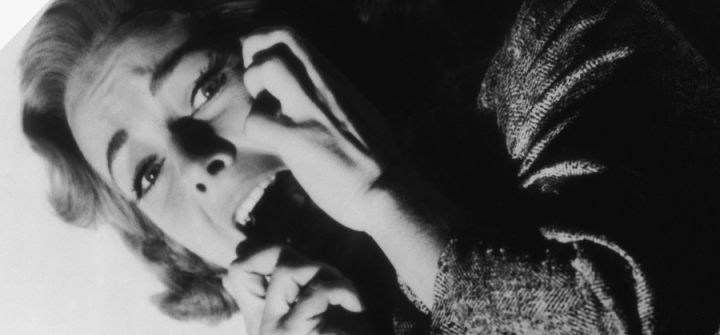Do Societies Panic?
“I don’t want people to be frightened. I don’t want to create panic.”
When it emerged last week that President Trump downplayed the seriousness of COVID-19 to avoid panic, public health experts found a couple structural flaws in his argument.
First, societies rarely panic. And second, widespread fear and anxiety happen when people don’t have enough information.
“Being totally consumed by emotion and putting oneself above others, and engaging in what others may conceive to be irrational behavior—that is an incredibly rare social phenomenon,” says Monica Shoch-Spana, PhD, a medical anthropologist at the Johns Hopkins Center for Health Security.
In acute emergencies—say, being trapped in a burning building—people sometimes act in anti-social ways in a mad scramble to get out. Or, says Anthony Mawson, DrPH, not so mad: Fear is present, but the behavior is rational.
“Everybody would behave in the same way under that. But there’s nothing, as it were, panicky about it. It’s just, ‘This is what we've got to do,’” he says.
And even this impulse, argues Mawson, an epidemiologist and social scientist at Jackson State University in Mississippi, has its roots in a desire to run towards one’s loved ones and safety, rather than just away from the source of danger. “Panic has been described, historically, as mass escape just to save oneself and exclusive interest in one's own self,” he says. “It's just the opposite, in fact, it's concerned about other people.”
In more long-term emergency situations, like pandemics, anti-social “panic” is even rarer.
One reason that societal panic is uncommon is that people tend to underestimate the amount of danger they’re in, even when warned by experts. “We, as a species, prefer to feel safe. We do everything to convince ourselves that we're safe,” says Schoch-Spana.
“So, people who study the communication of warnings to the public during disasters will tell you, you have to dislodge people from that baseline desire to feel safe. You have to ratchet up the perceived risk,” she says, to get people to respond appropriately.
Once people learn the truth about an emergency situation, they can become anxious, but that’s not the same thing as panic—the chaotic, “every person for themselves” mentality.
“The surest way to instill fear and panic in the population is to hide the truth from them,” says Lawrence Gostin, JD, director of the O'Neill Institute for National and Global Health Law at Georgetown University. “When people aren’t sure that they’re being told the whole truth, if there are mixed messages coming from the president and public health officials, they are much more likely to become fearful and confused.”
By contradicting public health experts on the severity of the disease and the importance of masks and social distancing, the president created an environment of uncertainty. But people still didn’t panic, per se, even in COVID hotspots—their responses to this fear and confusion took the form of mistrust of medical experts. “The virus spread almost uncontrollably because people didn't believe the scientists, didn't believe it was serious,” says Gostin.
The pandemic is nowhere near over, but clear, consistent, and truthful information can still help prevent further damage.
Another essential piece, according to Schoch-Spana, is transparency, especially with regard to unknowns and things that may change.
“Communicators, including scientists themselves, need to let people in on that secret that science is a process of learning,” she says.
For GHN's latest coverage of the coronavirus, visit here.
And, please send GHN any questions you'd like to see answered related to the coronavirus outbreak. Just email Dayna (dkerecm1 at jhu.edu).
Join 50,000+ subscribers in more than 170 countries who rely on Global Health NOW summaries and exclusive articles for the latest public health news. Sign up for our free weekday newsletter, and please share our free subscribe link with friends and colleagues.
Actress Vera Miles in Hitchcock’s “Psycho,” 1960. Image: Archive Photos/Getty




